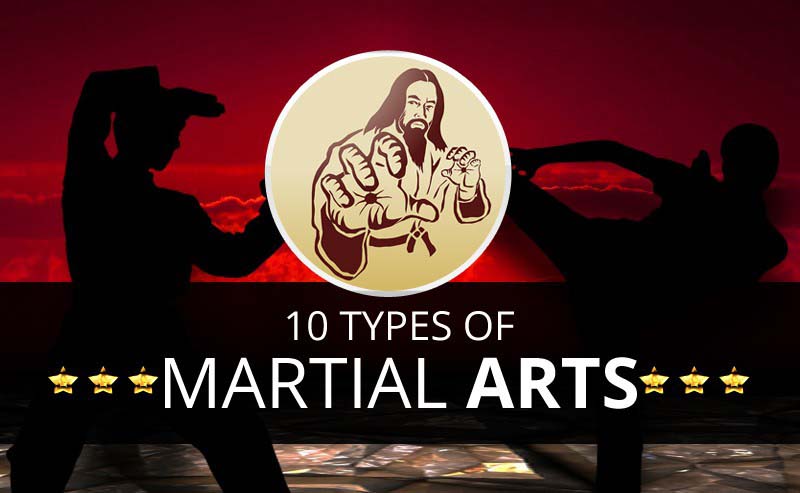Exactly How Do The Discipline-Centered Strategy Of Typical Martial Arts And The Competition-Driven Nature Of Modern-Day Combat Sports Differ? Discover The Substantial Differences That Can Form Your Experience
Exactly How Do The Discipline-Centered Strategy Of Typical Martial Arts And The Competition-Driven Nature Of Modern-Day Combat Sports Differ? Discover The Substantial Differences That Can Form Your Experience
Blog Article
Article By-Keith Brady
When you think of martial arts, do you lean extra toward the traditional techniques or the contemporary combat sporting activities? just click the following webpage offers special advantages and experiences, formed by their viewpoints and training methods. Traditional martial arts highlight individual growth and technique, while contemporary combat sports concentrate on competition and performance. Understanding these distinctions can lead you in picking the best technique for your journey. Yet exactly how do these distinctions materialize in training and approach?
The Viewpoint and Background Behind Traditional Martial arts
While lots of people associate martial arts with physical fight, the viewpoint and background behind traditional martial arts run much deeper. You'll locate that these techniques highlight individual development, self-control, and regard.
Originating from ancient techniques, conventional martial arts were usually established for Self-Defense and spiritual growth. They embody concepts such as balance, harmony, and self-control, directing professionals beyond plain fighting abilities.
As you educate, you'll not only find out techniques yet likewise gain understandings into the society and worths that formed these arts. The routines and customs, usually passed down via generations, cultivate a feeling of community and belonging.
The Competitive Nature of Modern Combat Sports
Modern combat sports have transformed the landscape of martial arts into a very affordable arena, where athletes challenge in an examination of ability, strategy, and endurance.
You'll discover that competitions are commonly organized with strict policies and policies, making sure justice and security. These events bring in big audiences, fueling the enjoyment and strength of matchups.
Athletes educate carefully, not just for physical prowess but also for psychological strength, knowing that every detail counts in the ring. The adrenaline thrill throughout competitions is palpable, as competitors press their restrictions to claim victory.
Followers value the athleticism and creativity entailed, making modern fight sports a thrilling phenomenon that remains to progress and captivate enthusiasts around the globe.
Training Methods and Techniques: A Relative Analysis
The competitive ambience of modern-day combat sports demands cutting-edge training approaches that vary considerably from conventional martial arts.
In modern training, you'll focus on specific methods, sparring, and conditioning, typically making use of drills that simulate real fight circumstances. You'll see an emphasis on measurable efficiency and regular competition to evaluate your abilities.
In contrast, typical martial arts prioritize forms, katas, and philosophical trainings, often highlighting self-control and respect over competitors.
Training is typically less extreme and may involve repetitive practice rather than real-time sparring.
While both approaches develop skill and fitness, contemporary combat sports give a much more dynamic and versatile training setting, preparing you for prompt difficulties in the ring or cage.
Select the path that aligns with your objectives and rate of interests.
Conclusion
In selecting between typical martial arts and modern-day battle sports, it truly comes down to what you value the majority of. If you're seeking individual development, technique, and a sense of neighborhood, typical arts could be your best fit. But if you flourish on competition and real-time obstacles, modern combat sports could be the means to go. Eventually, both paths supply special benefits, so it's everything about straightening your training with your individual objectives and interests.
